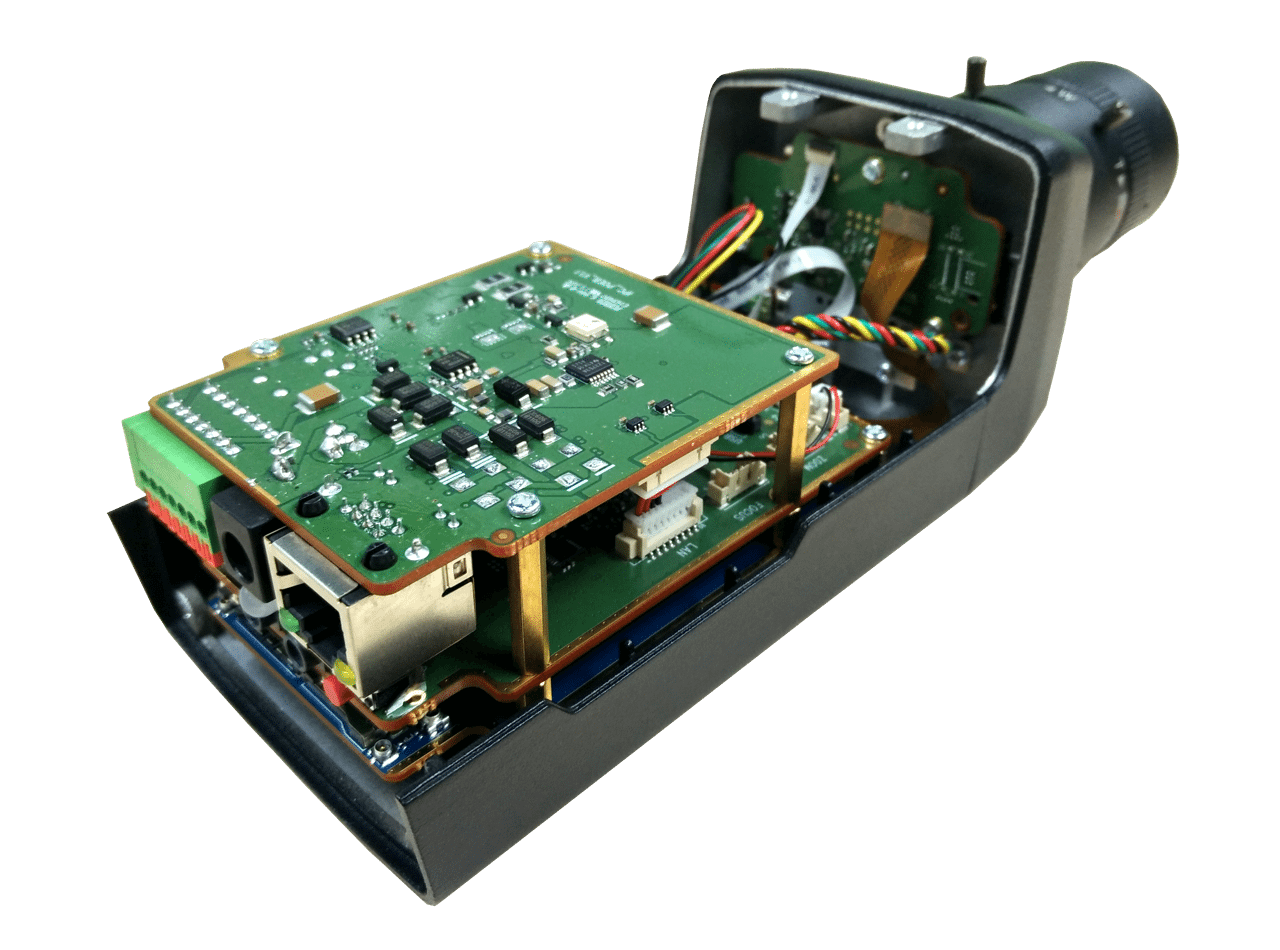HONG KONG — Qualcomm announced it will support a new generation of video and imaging devices at the 4G/5G Summit. The Qualcomm Snapdragon connected camera portfolio includes a suite of camera platforms featuring hardware and software capabilities for on-camera deep learning and video analytics, 4K High Efficiency Video Coding, support for the Linux operating system, broad connectivity options including 4G LTE, Wi-Fi, Bluetooth and security features. These additions are designed to help manufacturers accelerate development of smart, connected cameras in varied form factors including virtual reality, sports, bodycams, dashcams and internet protocol security cameras, according to Qualcomm.

The company announced updates to the platforms, which include:
- Snapdragon 625 processor: Built on a 14 nanometer process, the Snapdragon 625 is designed to use up to 25% less power compared to its predecessor in the camera chipset portfolio, while also designed to deliver 40% more CPU DMIPs processing with GPU and DSP for advanced imaging and deep learning processing. The processor has dual image signal processors for up to 24MP images and 4K video at 30fps HEVC capture, octa-core 64-bit CPU, an integrated X9 LTE modem for peak speeds up to 300 Mbps download/100 Mbps upload and support for Wi-Fi 802.11ac, Bluetooth and GNSS/location. These connectivity options are designed to allow for real-time streaming to social media platforms such as Facebook Live, YouTube, Twitter and Periscope. The integrated Qualcomm Adreno 506 GPU is engineered to allow virtual reality cameras to process fisheye dewarping and stitching using inputs from image sensors. This is designed to provide a more consistent user experience compared to traditional panoramic photos using smartphones. The Snapdragon 625 also is designed to provide hardware-based security features including secure boot, cryptographic hardware engines, trusted execution environment and storage with secure key provisioning.
- Linux support: Qualcomm’s connected camera roadmap now supports Linux in addition to Android, designed to help accelerate time-to-commercialization for manufacturers.
- Video analytics manager API and connected camera software development kit: A set of camera processing and analytics software capabilities including multistream, overlay, video HDR, temporal noise reduction, low bit rate codecs, voice activation, face detection and recognition, intelligent motion detection and object tracking. Qualcomm claims this will allow customers to move from expensive, server-based video analytics in the cloud to more efficient camera-based analytics. By only streaming data when qualified events happen, the camera platform is designed to reduce network bandwidth requirements and help minimize cloud storage costs.
- Snapdragon 625 IP camera reference design: The previously listed features are in a 4K connected camera hardware/software platform to help manufacturers accelerate time to commercialization. The reference design was developed in collaboration with Thundercomm Technology, which will provide distribution and technical support.
“Moving video analytics processing from the server to the camera at the point of capture opens up a new class of ‘conscious cameras’ with tremendous benefits in terms of reduced data streams, better image recognition and immediate alerts and actions,” said Raj Talluri, SVP of product management at Qualcomm. “With advanced connectivity, and computing technologies incorporated into the camera right at the point of capture, we push more intelligence to the edge, allowing deep learning to support highly accurate object recognition.”
Qualcomm is also taking aim at the “internet of things” with its camera platform, and has brought Snapdragon connected camera solutions to products such as the LG 360 virtual reality cam and LG Action CAM LTE. The Snapdragon 625 IP camera reference design is anticipated to be available for select original equipment manufacturers by the end of 2016, and is expected to be available in commercially available cameras shortly thereafter.

